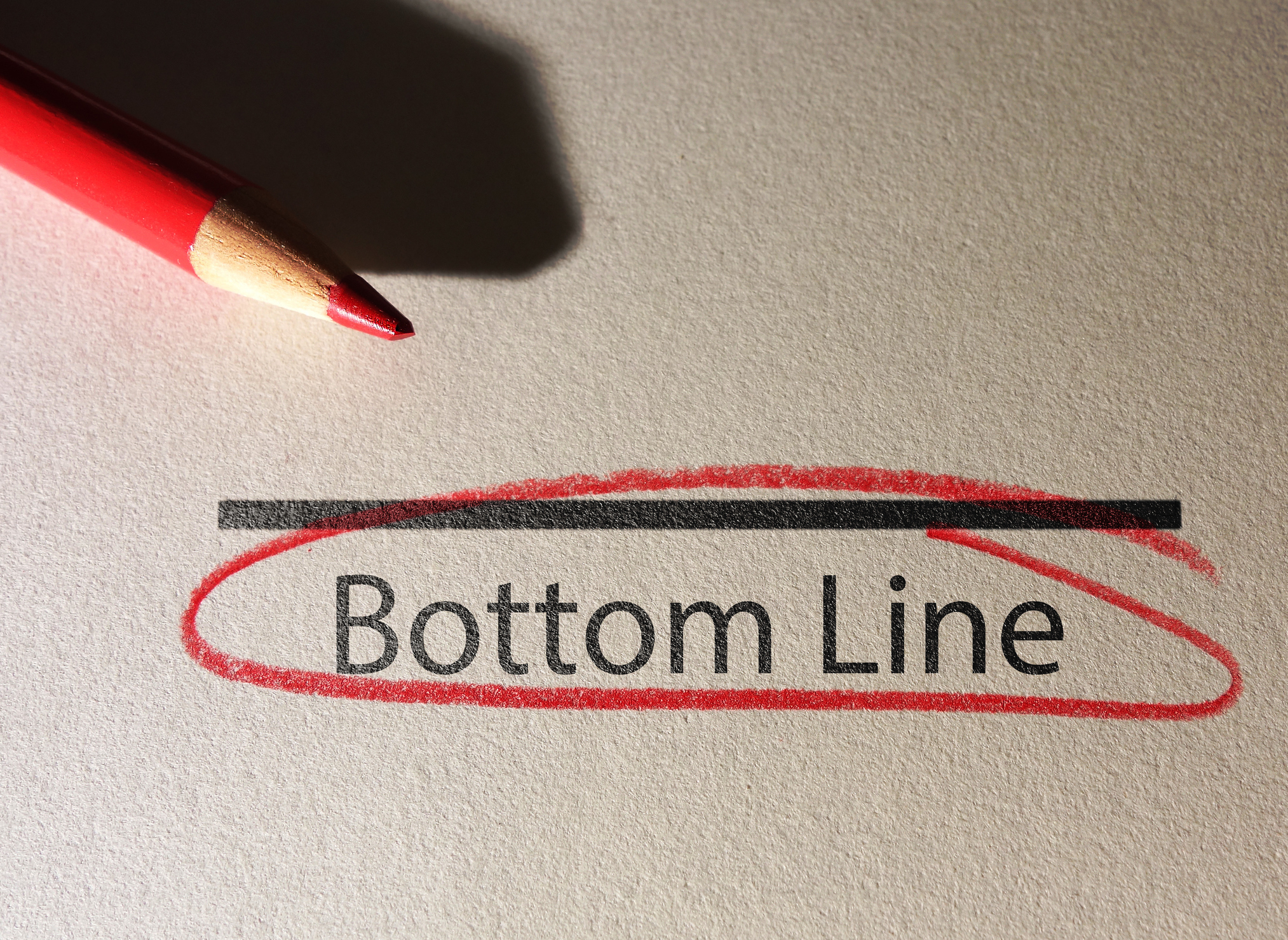How to Find the Best Mid-Cap Stocks
The best mid-cap stocks offer up an ideal combination of stability and growth potential.


Retail investors routinely overlook the opportunities presented by the best mid-cap stocks.
The question is: Why do mid-cap stocks get passed by relative to their large-cap and small-cap brethren? Los Angeles-based investment management company Kayne Anderson Rudnick (KAR) has a good idea.
"Large-cap stocks are the perennial attention-getters in equity markets, and small-cap stocks frequently grab some of the spotlight as a counterweight to what is, for most investors, a permanent large-cap exposure," states the firm's September 2024 white paper.
But overlooking mid-cap stocks, the group writes, "neglects a big slice of the market, one that can offer some of the advantages of both large and small-cap stocks while presenting its own unique set of opportunities."

What are mid-cap stocks?
The traditional definition of mid-cap stocks are those companies with market caps between $2 billion and $10 billion.
Many retail investors perceive mid-cap stocks as too small to be buy-and-hold-forever type investments, such as tech titan Apple (AAPL) or Warren Buffett's holding company Berkshire Hathaway (BRK.B), and too large to be fast growers such as small cap healthcare stocks Catalyst Pharmaceuticals (CPRX) and Orthofix Medical (OFIX).
KAR points out in its white paper that mid-cap stock pickers have a better chance of outperforming their benchmark return than large-cap buyers.
The white paper compared the S&P 500, the Russell Midcap Index and the Russell 2000 Index over 20 years through September 30, 2024. It invested $1 million over four five-year increments, starting in September 2002. The returns were similar except for 2017-2022, when short-term interest rates moved to 0%, benefiting high-growth tech stocks.
"The mid-cap universe includes fairly small companies that are at the beginning of a big growth trajectory (it is easier for smaller companies to double their sales or market share than it is for large companies), and also larger companies that would be too small to have an impact on the S&P 500, but in our opinion are worthy of investors' attention," the investment manager concluded.
So, if you're on the hunt for the best mid-cap stocks, it might be more productive, given the ebb and flow of markets, to broaden your definition to include all of the stocks in the Russell Midcap Index. The index represents the roughly 800 smallest equities by market cap in the Russell 1000 Index.
As of December 31, 2024, the largest market cap in the index was $168.4 billion, with a median market cap of $11.4 billion, at the high end of the traditional definition for mid-cap stocks.

How to find the best mid-cap stocks
Now that you've determined what constitutes a mid-cap stock, how can you find the best options that meet your investment criteria? Generally, there are three ways to accomplish this.
Use a stock screener to narrow the possibilities. I use the screener provided by S&P Global Market Intelligence as part of my S&P/Capital IQ paid subscription. It gives you many ways to find U.S. and global stocks of all sizes.
Free stock screeners that are good include those from Finviz, Yahoo Finance and Investing.com. All three provide market cap screening so you can narrow your range of stocks.
Scour the holdings from a mid-cap ETF or mutual fund. For example, the Russell Midcap Index is prominently discussed in this article. You can check out the homepage for the iShares Russell Mid-Cap ETF (IWR), which tracks the performance of the index.
Each of the holdings is weighted based on the float-adjusted market cap, so if you have two stocks with a $3 billion market cap, but one is 50% owned by an insider and the other has no shareholder controlling more than 5% of the stock, the latter would be more heavily weighted.
Google keyword strings that describe what you're looking for. The most straightforward search is "best mid-cap stocks to buy." This search generated more than 30 million results.
Of course, with generative AI (artificial intelligence) becoming the norm, you can always try platforms such as Danelfin.

The bottom line on finding the best mid-cap stocks to buy
Finding quality stocks of any size takes time.
By using these methods to screen for the best mid-cap stocks and developing other techniques, you can unearth hidden gems more quickly.
However, finding the names is only the beginning of investing in mid-cap stocks.
The hard part is evaluating whether the business is worth investing in over the long haul. That requires learning about the company's business model, its financial situation, and anything else that might influence its share price in the future.
Warren Buffett wouldn't recommend that most investors stick to low-cost S&P 500 ETFs and mutual funds if it were easy.
Related content
Get Kiplinger Today newsletter — free
Profit and prosper with the best of Kiplinger's advice on investing, taxes, retirement, personal finance and much more. Delivered daily. Enter your email in the box and click Sign Me Up.

Will has written professionally for investment and finance publications in both the U.S. and Canada since 2004. A native of Toronto, Canada, his sole objective is to help people become better and more informed investors. Fascinated by how companies make money, he's a keen student of business history. Married and now living in Halifax, Nova Scotia, he's also got an interest in equity and debt crowdfunding.
-
 Stock Market Today: Have We Seen the Bottom for Stocks?
Stock Market Today: Have We Seen the Bottom for Stocks?Solid first-quarter earnings suggest fundamentals remain solid, and recent price action is encouraging too.
By David Dittman
-
 Is the GOP Secretly Planning to Raise Taxes on the Rich?
Is the GOP Secretly Planning to Raise Taxes on the Rich?Tax Reform As high-stakes tax reform talks resume on Capitol Hill, questions are swirling about what Republicans and President Trump will do.
By Kelley R. Taylor
-
 Stock Market Today: Have We Seen the Bottom for Stocks?
Stock Market Today: Have We Seen the Bottom for Stocks?Solid first-quarter earnings suggest fundamentals remain solid, and recent price action is encouraging too.
By David Dittman
-
 Social Security Is Taxable, But There Are Workarounds
Social Security Is Taxable, But There Are WorkaroundsIf you're strategic about your retirement account withdrawals, you can potentially minimize the taxes you'll pay on your Social Security benefits.
By Todd Talbot, CFP®, NSSA, CTS™
-
 Serious Medical Diagnosis? Four Financial Steps to Take
Serious Medical Diagnosis? Four Financial Steps to TakeA serious medical diagnosis calls for updates of your financial, health care and estate plans as well as open conversations with those who'll fulfill your wishes.
By Thomas C. West, CLU®, ChFC®, AIF®
-
 What Wall Street's CEOs Are Saying About Trump's Tariffs
What Wall Street's CEOs Are Saying About Trump's TariffsWe're in the thick of earnings season and corporate America has plenty to say about the Trump administration's trade policy.
By Karee Venema
-
 To Stay on Track for Retirement, Consider Doing This
To Stay on Track for Retirement, Consider Doing ThisWriting down your retirement and income plan in an investment policy statement can help you resist letting a bear market upend your retirement.
By Matt Green, Investment Adviser Representative
-
 How to Make Changing Interest Rates Work for Your Retirement
How to Make Changing Interest Rates Work for Your RetirementHigher (or lower) rates can be painful in some ways and helpful in others. The key is being prepared to take advantage of the situation.
By Phil Cooper
-
 When to Sell Your Stock
When to Sell Your StockKnowing when to sell a stock is a major decision investors must make. While there's no one correct answer, we look at some best practices here.
By Charles Lewis Sizemore, CFA
-
 Within Five Years of Retirement? Five Things to Do Now
Within Five Years of Retirement? Five Things to Do NowIf you're retiring in the next five years, your to-do list should contain some financial planning and, according to current retirees, a few life goals, too.
By Evan T. Beach, CFP®, AWMA®
